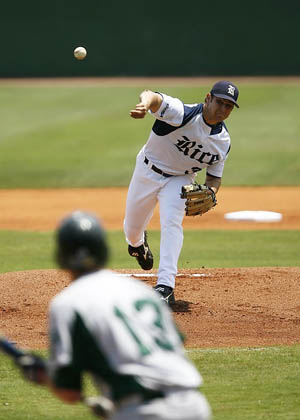 One of the most important ways in which to keep our young athletes healthy, when they’re involved in baseball for most or all of the year, is by pitch counts. Perhaps it would be more appropriate to call them pitch limits. Fortunately, through research we have been able to establish some reasonable guidelines to help keep young throwing arms as healthy as possible. The best website I have found is www.pitchsmart.org.
One of the most important ways in which to keep our young athletes healthy, when they’re involved in baseball for most or all of the year, is by pitch counts. Perhaps it would be more appropriate to call them pitch limits. Fortunately, through research we have been able to establish some reasonable guidelines to help keep young throwing arms as healthy as possible. The best website I have found is www.pitchsmart.org.This is a simple but thorough set of guidelines based upon age. As our young players get older and more mature, their shoulders and elbows are better adapted to throw more pitches, harder, and more frequently. Young athletes feel strong tensile forces at growth plates which can cause pain from overuse or chronic repetitive stresses. There’s a reason that the term Little Leaguer’s shoulder and Little Leaguer’s elbow exist!
Whether we are sports medicine physicians, concerned parents, or knowledgeable athletes, we are all looking to stay on the field. We don’t help our team much, or continue to develop athletically, if we are hurt and unable to participate. Guidelines for pitch counts or pitch limits assume that athletes are playing the majority of the year. Baseball has become quite competitive, with lots of showcases, camps, and travel ball – all in addition to high school and junior high teams.
Remember some other simple and effective advice from some of my earlier blogs. Namely, try to avoid the phenomenon of double dipping – pitching one day, and then being the primary catcher for the team on the other days – as it’s simply too much stress on the elbow with all of the throws back to the mound. Remember to cross train as well, becoming a better athlete by participating in other sports – which also gives the shoulder and elbow a break. And remember to take at least two months off from throwing per year.


